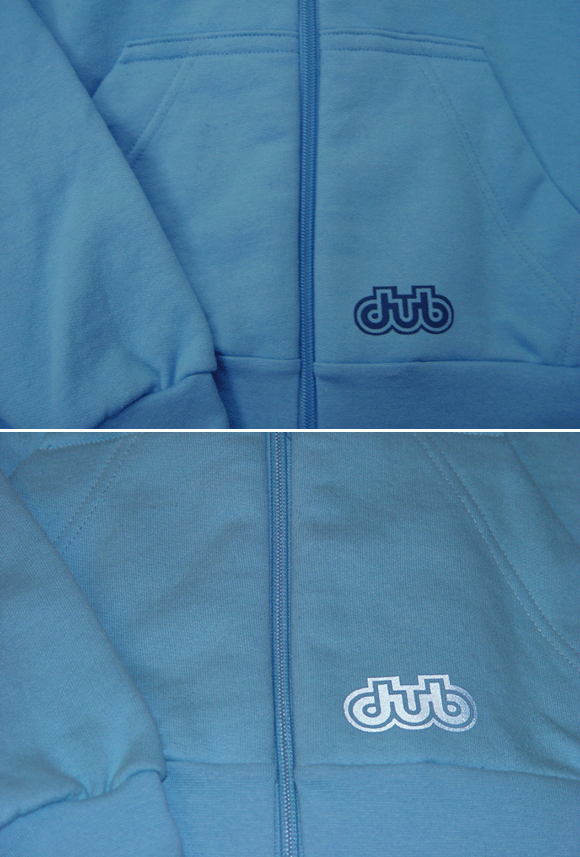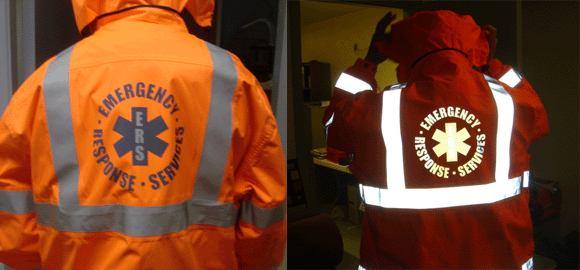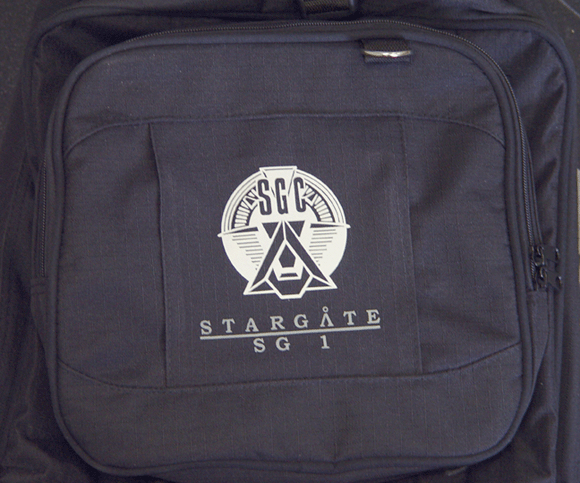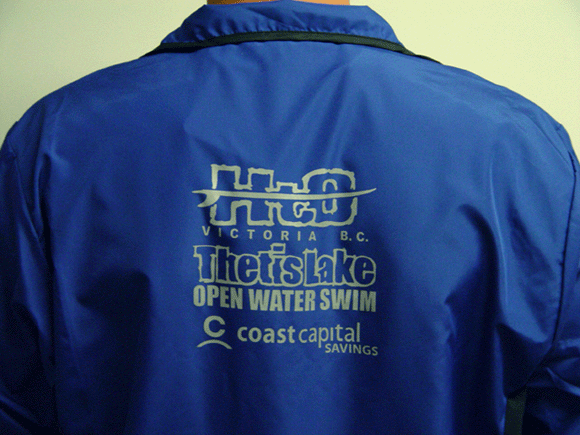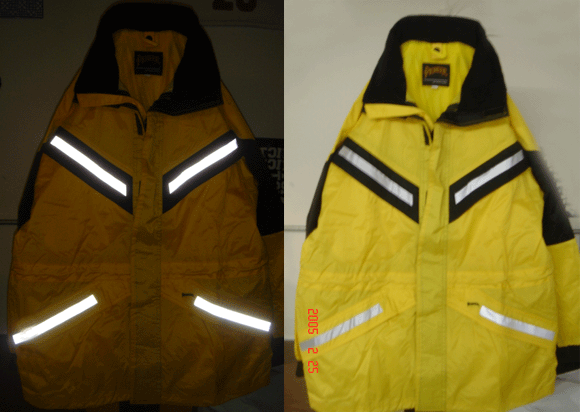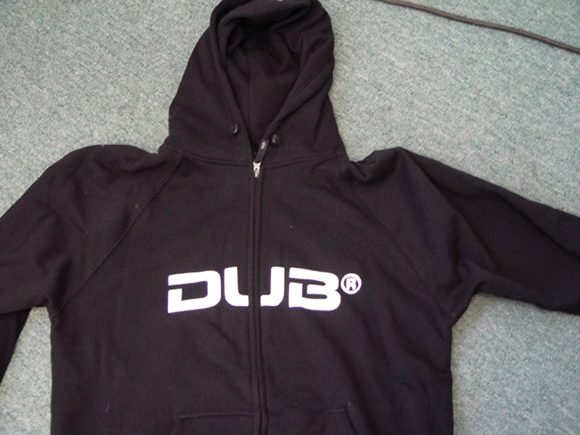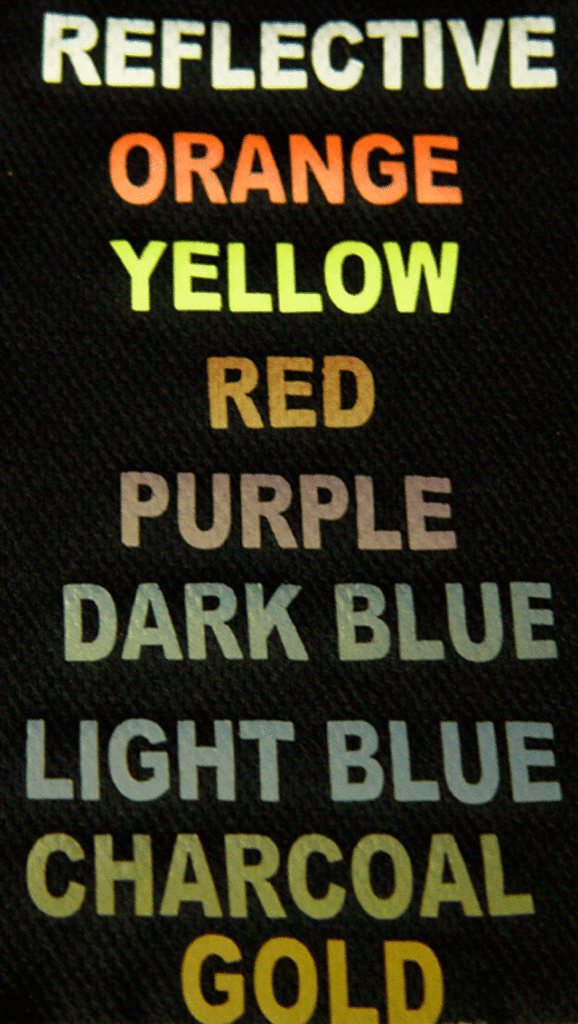Reflective Laser for Clothing: Illuminating Safety and Style
In an era where fashion and functionality intersect, reflective laser technology has emerged as a transformative force in the world of clothing design. This innovative technique combines style with safety by integrating reflective elements into garments, making them both fashionable and highly visible in low-light conditions. Let’s delve into the exciting realm of reflective laser technology in clothing and explore how it’s illuminating the way we dress.
The Essence of Reflective Laser Technology
Reflective laser technology involves the precision application of reflective materials to clothing items using laser systems. This process creates patterns, designs, or accents that appear inconspicuous in daylight but come alive when exposed to light sources, such as headlights or street lamps. The result is clothing that not only looks stylish but also enhances the wearer’s visibility, particularly in low-visibility situations.
Incorporating Safety Into Fashion
Reflective laser technology seamlessly integrates safety features into fashion, making it an invaluable addition to clothing collections. Whether it’s jackets, pants, shoes, or accessories, clothing designers can incorporate reflective elements into their creations without sacrificing style. This innovation is especially relevant for outdoor enthusiasts, cyclists, runners, and anyone seeking to stay visible during nighttime activities.
Versatility in Design
One of the remarkable aspects of reflective laser technology is its versatility in design. Designers can create intricate patterns and accents on clothing items, allowing for a range of styles and aesthetics. From subtle accents that catch the eye to bold, statement-making designs, the possibilities are limitless, ensuring that reflective clothing can cater to diverse tastes and preferences.
Enhancing Road Safety
Reflective laser clothing is not just a fashion statement; it’s also a significant contributor to road safety. Cyclists and pedestrians benefit from the increased visibility, reducing the risk of accidents during nighttime or low-light conditions. This safety-enhancing feature is especially crucial in urban environments where traffic is a constant presence.
